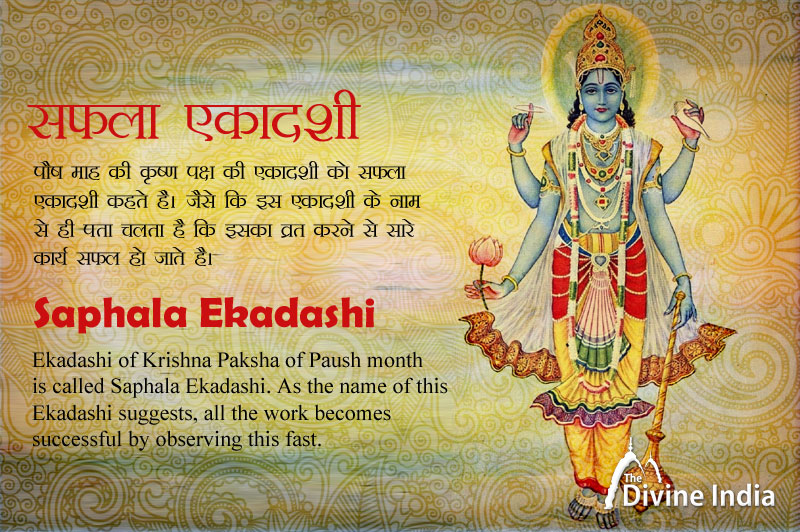

The Swastika, an ancient symbol widely used in Hindu culture, carries deep spiritual and cultural significance. In Hinduism, the Swastika represents positivity, well-being, and auspiciousness. It is found in various forms of art, architecture, religious rituals, and even as an emblem on doors, textiles, and other items of daily life. Despite its universal acceptance in Hindu traditions, the symbol has also been subject to misunderstandings due to its association with other historical events. This article aims to explore the true essence and importance of the Swastika in Hinduism.
In Hinduism, the Swastika is considered an emblem of good fortune, prosperity, and positivity. The term "Swastika" is derived from the Sanskrit words "su" (good) and "asti" (to be), translating to "that which brings good." As a result, it is commonly used to bless and mark the beginning of ceremonies, rituals, and important events. The symbol is often drawn at the entrance of homes and temples to invoke auspiciousness and protect from negative energies.
The Swastika is depicted as an equilateral cross with arms bent at 90-degree angles, forming a continuous pattern. The four arms symbolize the four cardinal directions (north, south, east, and west) and the four stages of life (birth, youth, adulthood, and old age). It represents the cyclic nature of existence, the eternal balance, and the continuous movement of time. It conveys the idea of constant change and the need to adapt and flow with the rhythms of life.
In Hindu cosmology, the Swastika is associated with the Sun, which is regarded as a symbol of divine energy and life-giving force. The right-angled arms of the Swastika represent the movement of the Sun across the sky. As a result, it is often considered a symbol of the sun god, Surya, and the divine energy that sustains all life on Earth.
The Swastika holds immense spiritual significance, representing the union of opposites. It signifies the harmony between the physical and spiritual realms, the material and the divine, and the balance between good and evil. The clockwise Swastika, known as "Sathio" or "Suavastika," is considered auspicious and is used to invoke positive energies. The counterclockwise Swastika, known as "Asathio" or "Sauvastika," is rare in Hinduism and is associated with negative or inauspicious energies.
The Swastika is an integral part of Hindu cultural heritage and can be found in ancient scriptures, artifacts, and architectural marvels, dating back thousands of years. It is deeply ingrained in Indian art, representing the essence of Hindu ethos and philosophical ideals.
The Swastika is a sacred symbol with profound spiritual and cultural significance in Hinduism. It embodies the concepts of auspiciousness, divine energy, and cyclic nature. Despite being misunderstood due to historical events, it remains an integral part of Hindu traditions and continues to be used as a powerful emblem of positivity and well-being. It serves as a reminder of the timeless wisdom and cultural heritage that Hinduism encompasses, connecting individuals with the eternal rhythm of life and the divine forces that shape the universe.